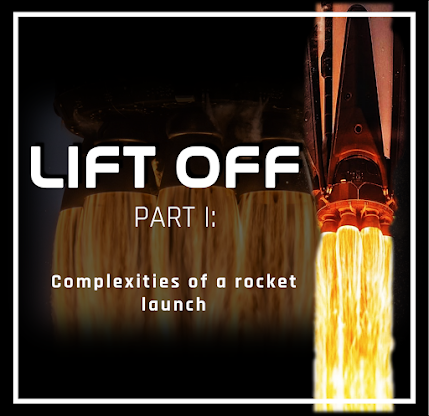SPACE v/s ORBIT

SPACE v/s ORBIT
SPACE... is expanding every millisecond because of something called entropy. Nevermind. The message is, that SPACE is a generalized term for all the emptiness in the universe. Basically, every unoccupied location in Space. While ORBIT is a quite technical term. It is such a curved trajectory/path in space where you can continuously walk without any external force for months, years and even decades.
A simple example to distinguish between space and orbit could be explained by the two rival companies in the space business. BLUE ORIGIN v/s SpaceX. While Blue Origin is launching a rocket that goes to space, hang out for a minute or more and touch the ground, what SpaceX does is, go to Space and park the satellites into ORBIT so that they can become operational for a lifetime. While one provides the pleasure of just touching the borders of space, the other gives you a lifetime stay in a space i.e. orbit.
More On ORBITS:
Textbook definition of ORBITS
: In celestial mechanics,
an orbit is a regular, repeating curved trajectory of an object in space around another one like a planet, moon, asteroid or a Lagrange point.
Tough to digest the heavy terms?
In lower grades, we studied Earth "circles" around the Sun. A big fat FALSE. Earth rotates around Sun in an Elliptical Orbit. Ellipse can be assumed as a symmetric oval shape and instead of one centre, the ellipse has two centre points. They are called the "Focus" named F1 and F2.
More interesting fact! Sun doesn't lie at the centre of this orbit. The sun lies either on F1 or the F2 point.
The moon revolves around the Earth in an elliptical orbit and it has a major contribution to different phases of the moon.
If an imaginary line is drawn along the central axis passing through the two foci, it will cut the elliptical orbit at two points. The point on the curve near to the Sun (or in general terms, any Lagrange point) is called Perigee, meaning, nearest point and the farthest point is called Apogee, meaning, the distant point.
There are many different types of orbits in which satellites revolve around Earth. I have listed some of the commonly known orbits in the illustration below. Will study them in detail in the article of Orbital Mechanics.






Comments
Post a Comment